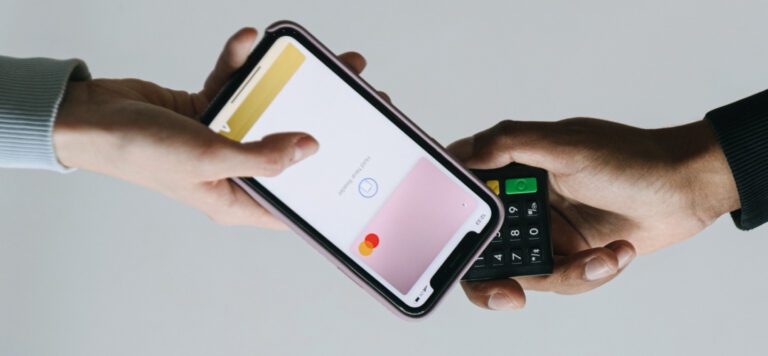March 22, 2021
Key Loyalty Principles for Marketing to the Connected Consumer

A strong loyalty program remains one of the most impactful ways brands and retailers can compete for the connected consumer, putting price point aside. It also yields accurate analytics about consumer shopping behaviors and preferences, giving brands the ability to cultivate their marketing strategies by better understanding their customers. Whether through a traditional swipe card, a mobile app, or other program models, brands need loyalty programs to deliver the most memorable experiences to attract returning shoppers.
With advanced insight into why consumers and crave a positive customer experience, brands can pave the way for a more informed, successful retention strategy. Based on years of research and customer surveys, here are the key attributes to consider when building a successful loyalty program.
Don’t Overcomplicate It
Now more than ever, the connected consumer wants to feel appreciated. They’re looking to be treated as an individual and gravitate toward more memorable shopping experiences. Loyalty programs that adhere to and promote the ease and convenience of shopping with your brand will increase consumer engagement and campaign ROI.
- Increase the pace. The program should be fast-paced and not take an excessive amount of time or multiple purchases for a customer to receive the benefits. 1 in 4 people agreed that a long-term or lengthy rewards program would prevent them from signing up. Designing a loyalty program with a tiered or immediate rewards system that allows the connected consumer to earn small offers from the very beginning will keep them more active and engaged.
- Keep the sign-up process as simple as possible. 26% of customers have said they opt out of joining programs if the application process takes up too much time.
- Don’t overcommunicate or ask for too much personal information. 45% of customers admitted they do not like to give up their private information or be swamped with emails or notifications.
Understand Personal Preferences
Customers have come to expect a personalized shopping experience, when, where, and how they want it. When used effectively, a loyalty program can be a tool to satisfy personal needs and bring consumers back for future purchases.
- Know what works. The two loyalty programs proven to be the most successful are loyalty swipe cards (22%) and store credit cards (16%).
- Provide offers that benefit customer needs. 35% of shoppers say that price plays a huge part in their decision-making, and brands should be providing them with flexible pricing and personalized offers on the things they are in the market to buy.
Connected Consumer Satisfaction On & Offline
A seamless customer experience both online and in-store is proven to generate stronger customer relationships. Online experiences should have the same level of simplicity, convenience, and care that consumers would receive in-store.
Yet, do not forget about your in-store shoppers. 66% of consumers say they are more likely to make an impulsive purchase in-store, giving store associates the ability to impact a programs’ sign-up success significantly.
- Using store associates to assist with sign-ups at checkout can cause a 50%-90% increase in program penetration.
- 40% of consumers say they want to be informed about loyalty programs at checkout. You can highlight a loyalty program with signage throughout the store to educate customers before they are in the checkout line, making it easy for them to sign up at the point of sale.
Perfecting a loyalty strategy is easier said than done. What might be the most effective and personalized program for one customer might be alienating and invasive for another. It’s essential to define your audience goals and customer profiles and then find a way to design the program accordingly.
Truly engaging loyalty programs transcend the transactional and tap into the experiential, making customers’ lives easier and meeting them when, where, and how they prefer.
Share this:












